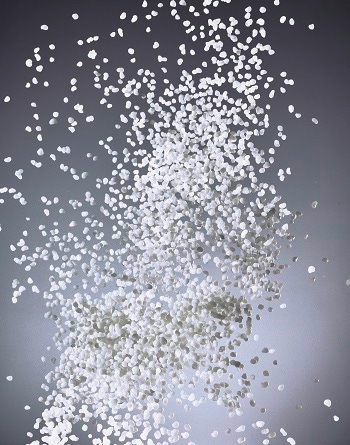Provides heat and light stabilization for polypropylene interior parts, with low odor and sulfur-free properties to boot.
March 29, 2017

Clariant has introduced an additive package to address strengthening OEM requirements in automotive interiors for heat resistance and light stability. AddWorks ATR 146 is reportedly now setting a new benchmark, aiming to create longer-lasting aesthetics and a healthier environment inside future vehicles due to reduced volatile organic compounds (VOCs).
|
Additive package provides enhanced heat and light stabilization with low VOC emissions. |
Soon commercially available, AddWorks ATR 146 is a new low dosage, sulfur-free stabilizer for filled polypropylene (TPO) compounds used in interior applications. It reportedly offers the automotive industry unmatched high performance and reduced VOC emissions in a single solution that goes even beyond current OEMs' standard requirements in heat stability.
AddWorks ATR 146 is said to deliver exceptional heat stability to TPO compounds, with no surface cracking reported after 700 hours and beyond at 150°C when dosed as low as 0.3%. This performance level largely exceeds the standard requirements in the industry for such applications and outperforms the heat stability of currently available alternatives. Moreover, it displays excellent light stability performance that protects long term against discoloration.
The outstanding UV and heat protection, plus high resistance to extraction media like water or detergents, enable typical TPO-based parts such as dashboards, instrument panels, door panels, and pillars to maintain their aesthetics for longer than with traditional stabilizers.
In addition, AddWorks ATR 146 has high compatibility with the PP polymer and high intrinsic stability that contribute to reduce blooming and VOC emissions from an injected part. As a result, AddWorks ATR 146 strongly supports the industry effort to make the new generation of automotive interiors healthier and odorless due to reduced VOC emissions.
Emilie Meddah, Global Segment Leader for Automotive Applications at Clariant, comments: "Today, over 50% of plastics in vehicle interiors are made of polypropylene. With AddWorks ATR 146, we are excited to offer Tier Ones and OEMs the opportunity to go beyond the most stringent requirements for heat stability, light stability and VOC emissions with a low dosage solution.
"Such advanced performance responds precisely to the emerging trend in the segment for durability and lower VOC environments, setting the new benchmark for the next generation of automotive interiors."
About the Author(s)
You May Also Like





